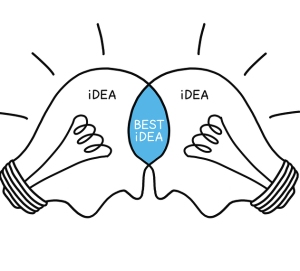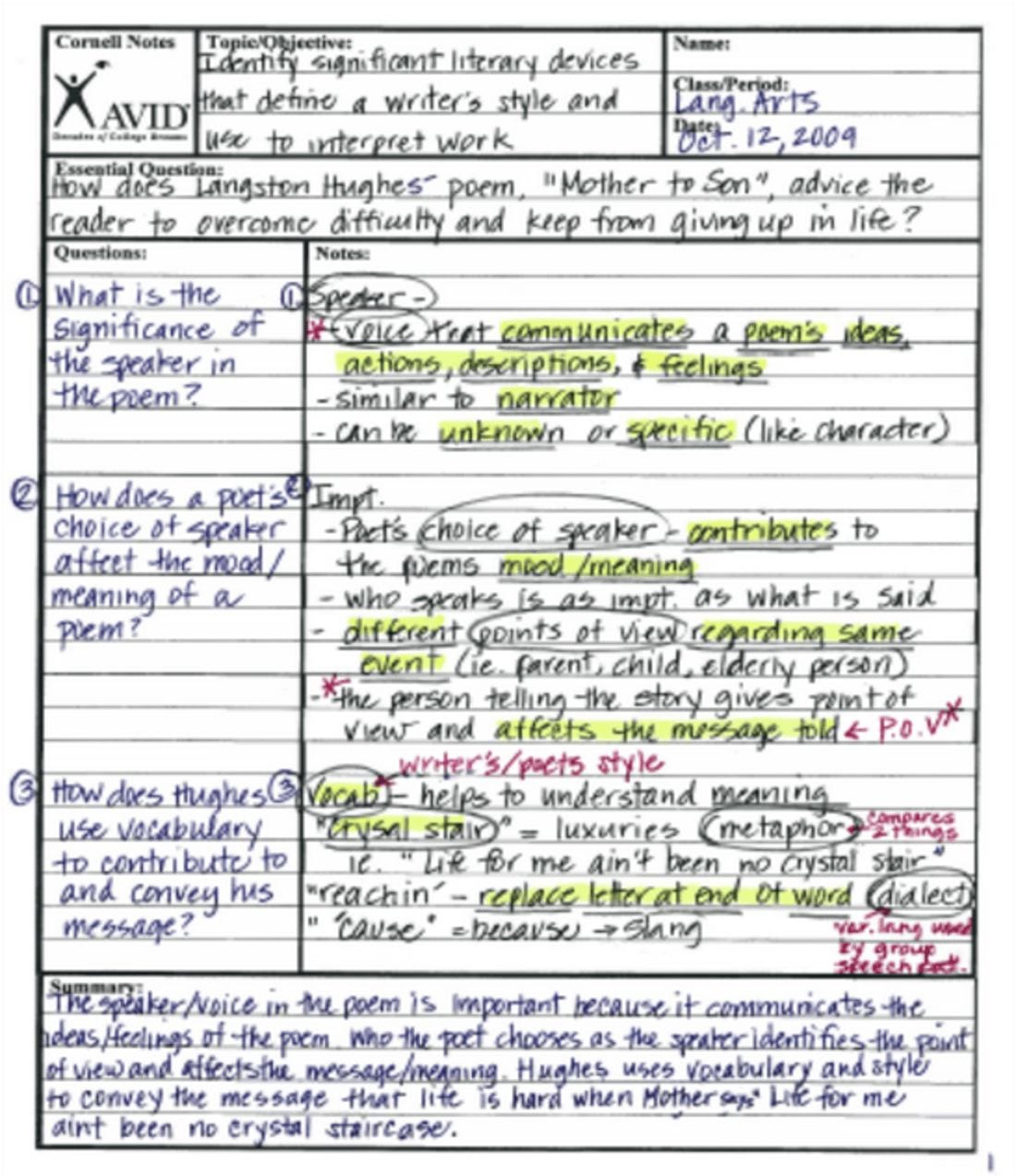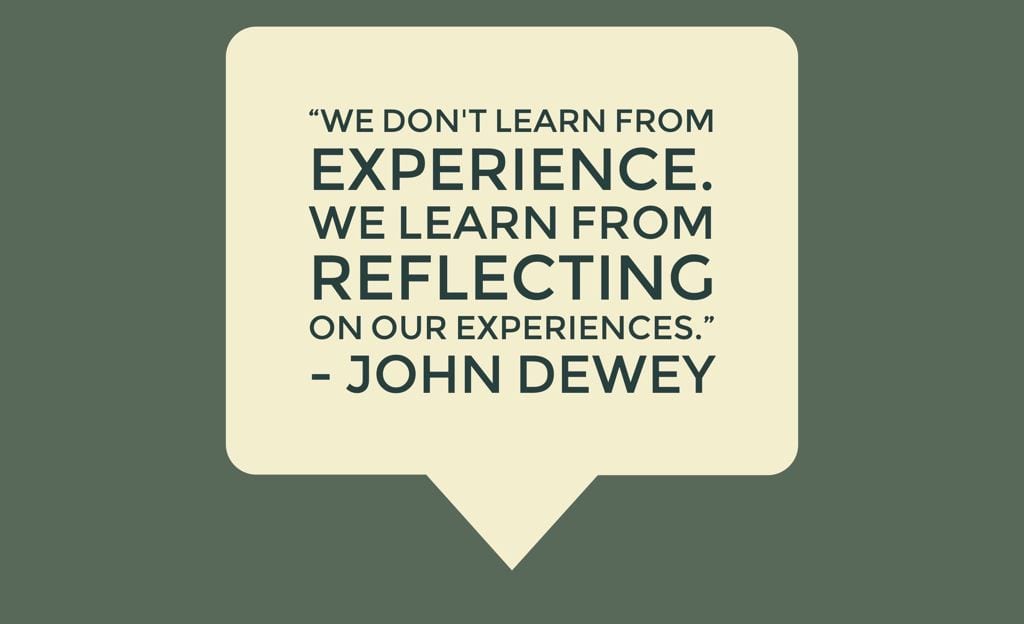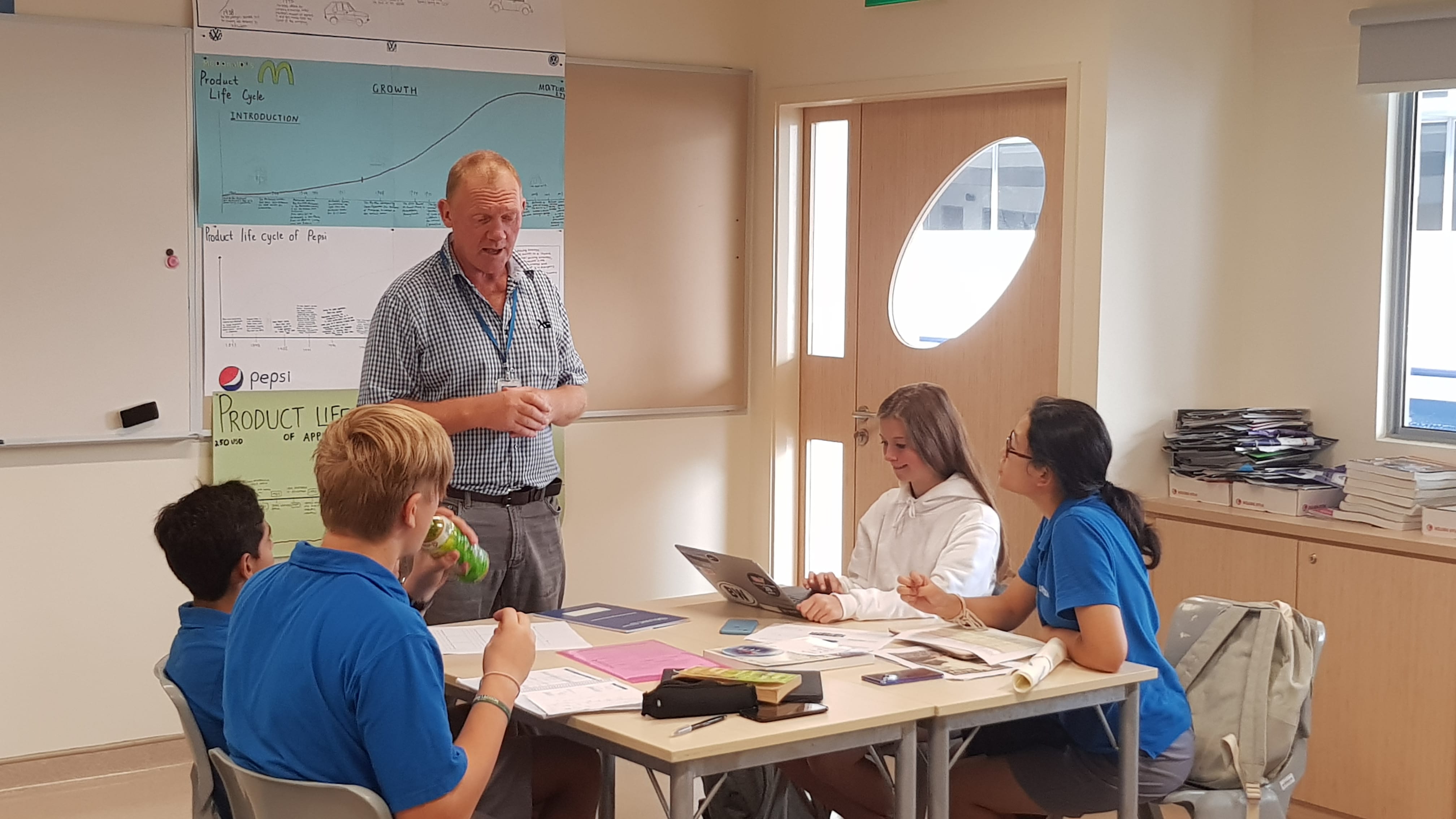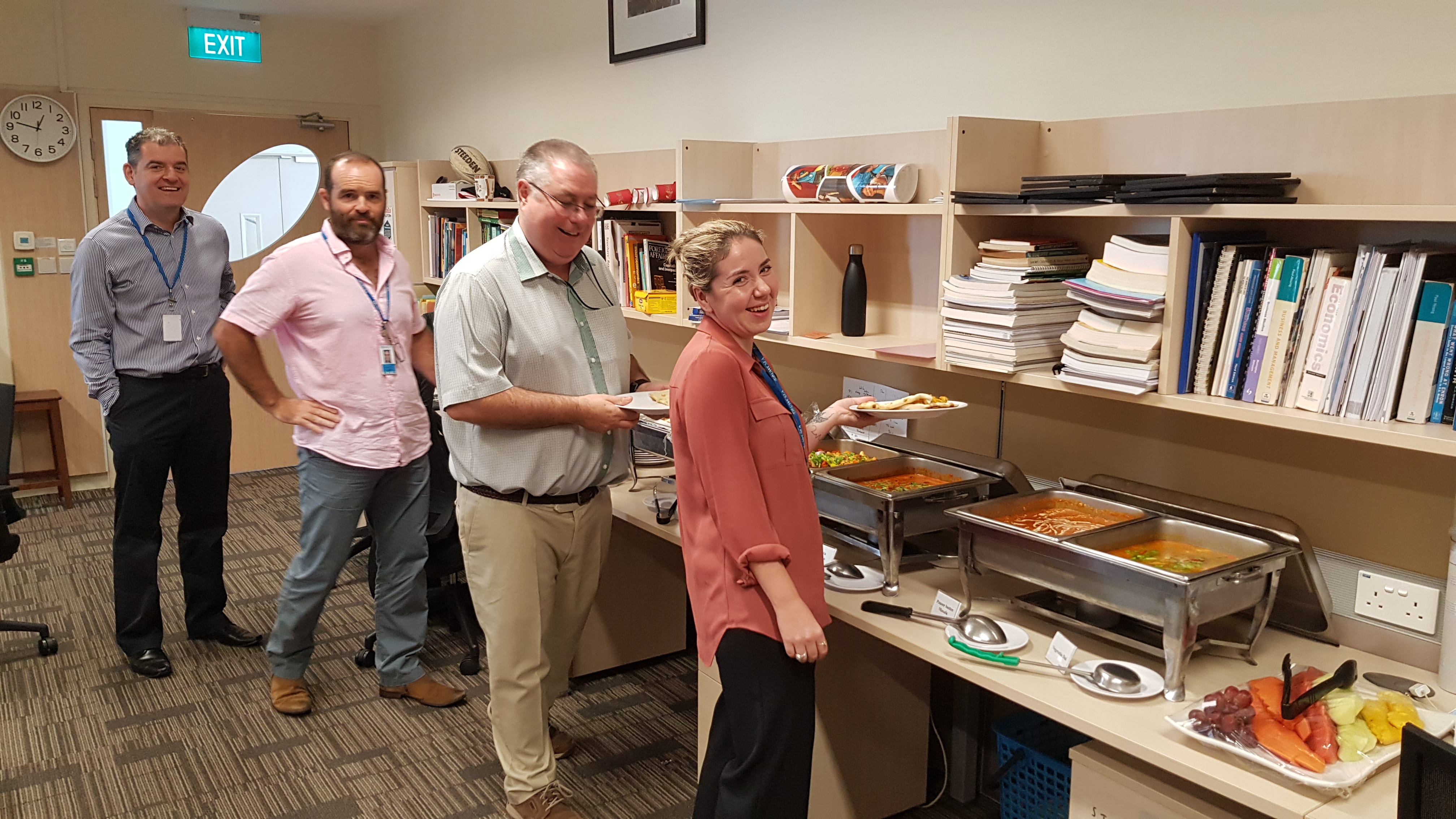This post is from the Marshall Memo 797
Energizing Students from Day One
In this article in AMLE Magazine, teacher/consultant/author Rick Wormeli bemoans the fact that students’ eager and receptive frame of mind at the beginning of each school year is often deflated by the endless succession of going-over-the-rules, filling out forms, and stale getting-to-know-you activities. “Students grow increasingly disillusioned,” says Wormeli. “We’ve missed a golden opportunity for them to dive into the subject material with neurons firing on all thrusters. It’s probably the most significant time of the year to hardwire students’ minds to embrace our subjects, and we don’t want to miss it.”
He recommends mixing mandatory stuff with lively activities, so students learn something new about your subject every day. Wormeli believes teachers need to develop a “diligent awareness” of their students as people, and suggests eight ways to do that:
What’s the best way you learn?
On the first day of school, students jot down how they learn best in your subject area. Here are some comments Wormeli has received from students:
– Give me lots of examples; I don’t get ideas without examples.
– If you write it on the board, can I get a copy?
– I need to see it, don’t just tell me.
– Online assignments are a problem because my brother hogs our Internet connection.
– Speak slowly; I get confused with a lot of noise and fast talking.
The medium might be index cards, a Google Doc, or individual e-mails.
- Students write how they learn best, taking the role of their own parents– “Pseudonyms can be freeing,” says Wormeli. “Looking through the lens of how they think their mothers, fathers, or caregivers see them, students have deeper insights and are more honest.” They might bring up things like babysitting responsibilities, religious school schedules, or hobbies.
- Asking parents – In 2003, educator Deb Bova came up with the idea of asking parents, “In a million words or less, tell me about your child.” With a touch of humor, this request recognizes parents as the prime experts on their children and opens the door for all kinds of insights that will help “dimensionalize” students for the teacher.
- Interest surveys– Students might be asked about a favorite book from childhood; the farthest point they’ve traveled from home; a recent movie they enjoyed and why; favorite foods, music, and sports; organizations, teams, and clubs to which they belong; people they admire and why.
- Crowdsourced learner profiles– Some schools create a password-protected folder for each student, and teachers contribute insights over the course of the year – for example, the English teacher learns that a student is interested in dance, dirt bikes, and Fortnite; the physical education teacher learns about strong political views and a brother with muscular dystrophy. “If anything is truly confidential or private,” says Wormeli, “we can keep that in a separate folder housed in an alternative and secure location.”
- Specific learning autobiographies– Ask students to tell the story of how they learned to read, or code, or play the drums, or speak Spanish, including the earliest and smallest moments. “Every time I’ve done this with students,” says Wormeli, “and no matter the subject I teach, I find out more about my students than I do from typical autobiographies.”
- Six-word memoirs– This time-honored literary technique has strict rules: six words exactly! Some examples:
– For sale: baby shoes, never worn. (Ernest Hemingway)
– My greatest ideas involve duct tape.
– Books. Music. That’s all I need.
– Hobby became job. Seeking new hobby.
Students might write about how they feel about something important in their lives, how they felt last year as a student, as an American, or as part of their culture. Wormeli says the most interesting thing about six-word memoirs is how students elaborate on them.
- Group tasks requiring problem-solving and collaboration– These might include building structures with playing cards, using 20 straws and 10 inches of masking tape to build the highest tower, or lining up in ascending order of birthdays without talking. “In each of these,” says Wormeli, “there’s a lot of give and take, problem-solving, initial frustration, listening (and not listening), risk-taking, leadership/follower behavior, and more.”
“Getting to Know Our Students” by Rick Wormeli in AMLE Magazine, August 2019 (Vol. 7, #3, pp. 31-35), no e-link available; Wormeli is at rick@rickwormeli.onmicrosoft.com.


